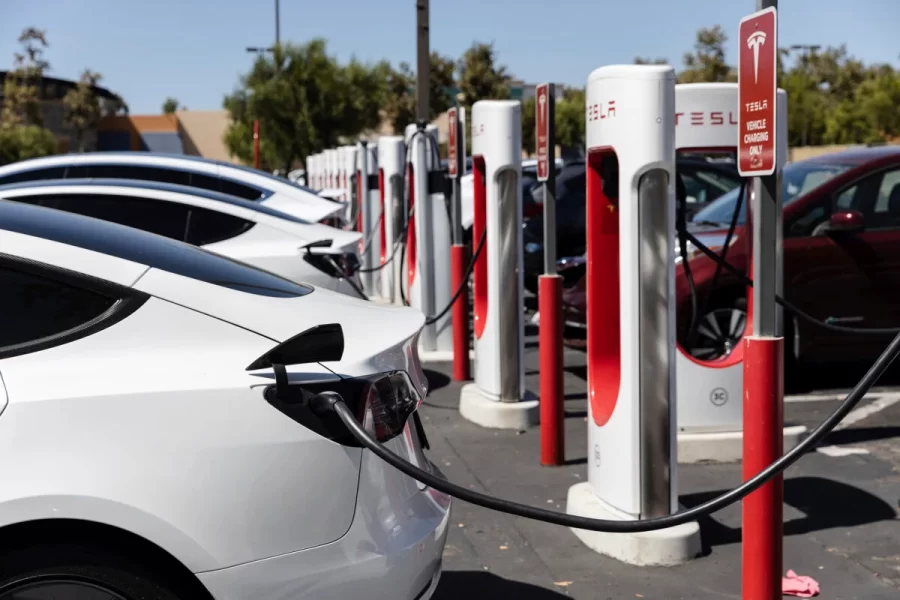On Thursday, August 25, California’s governor Gavin Newsom pledged that the state would ban the sale of gas-powered cars by 2035. This was met with a plethora of reactions by the public. While many praised it for striving to meet an important environmental goal, others criticized it as an ineffective plan of performative activism.
As for the plan itself, the main goal is to decarbonize California’s transportation sector, which will require effort from both the private and public sectors. Currently, electric vehicles are popular but consumers have several concerns including the logistics of charging, the amount of mileage per charge, and the cost. The main hope of the government is that there will be a “snowball effect” among Californians. Essentially, individuals will purchase electric cars, and this will pique the interest of their neighbors and convince them that it would be feasible to use one themselves.
The plan also relies on many technological improvements. For example, a current criticism of electric vehicles is that, while they do not release carbon dioxide into the atmosphere, their batteries are not environmentally friendly. In addition, the technology of the transformers at the charging stations must be modified so that they survive the burden of hundreds of cars in a neighborhood changing at the same time.








